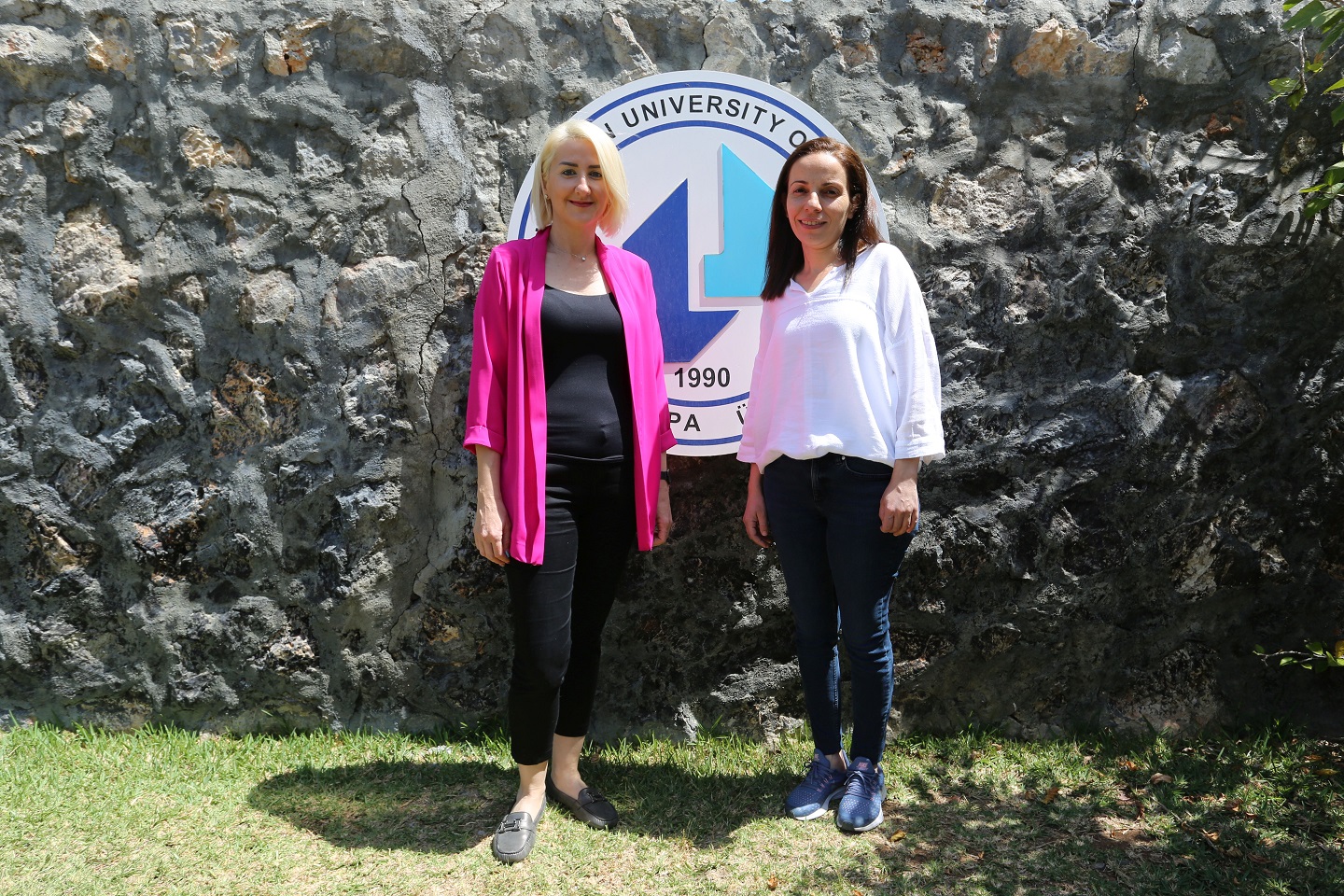Scientific contribution from EUL Academicians to the International Architecture and Design Congress

Academicians of the Faculty of Architecture of the European University of Lefke (EUL), M. Selen Abbasoğlu Ermiyagil, Head of Interior Architecture Department, and Asst. Prof. Dr. Cemaliye Sunalp Gürçınar represented EUL at the 7th International Architecture and Design Congress held in Istanbul. Scientists, researchers and academics from different countries came together at the congress, where all kinds of multidisciplinary studies related to architecture and design took place.
In the congress, important issues in scientific research were discussed under various sub-titles. In the congress to which EUL Academicians also contributed, academicians made presentations on “The Use of Materials in Interior Design and Its Meaning in Space”. Academicians who gave information about the presentation shared the following information; The quest to create space, which emerges with the existence of human beings, is defined as a single volume and/or void. Different identities are created with the different materials used to define the space. When considering the space in terms of interior architecture, the elements that limit it, such as floors, walls, ceilings, and the materials used on their surfaces play important roles in terms of the identity of the space. The designer must have up-to-date material knowledge in order to select the appropriate materials and components that create the quality and identity of the space and ensure integrity and harmony in the design. Accordingly, it is expected that the diversity, use, texture, color, structural characteristics of the material, the value it will add to the space, identity and application method information will be gained in the interior architecture education process and applied in the interior design projects taken in the process. In this study, Interior Architecture office projects designed by the students who completed the 2020-2021 Spring Term European University of Lefke, Department of Interior Architecture and Environmental Design, second year Materials for Interiors course, as part of their final projects, were included in the research. The projects designed within the scope of the study were examined based on the visual analysis method. In this context, the types of materials they have chosen and the identity, texture, color and application methods they have added to the space have been evaluated and discussed over the designed office spaces. As a result, it has been revealed that material selection and knowledge have an important role in creating and perceiving the concept of space in Interior Architecture Office design projects designed by students with material selection and usage preferences.
